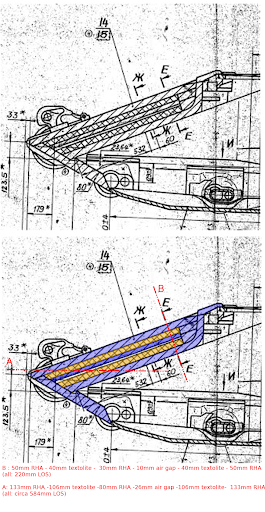ABERDEEN PROVING GROUND, Md. (Aug. 4, 2014) -- Leading experts in military combat-vehicle research, engineering and design gathered July 29-31 to discuss a single goal: reducing the weight of the Army's tanks and infantry fighting vehicles by 40 percent in the coming decades.
Representatives from the U.S. Army Research, Development and Engineering Command as well as the Training and Doctrine Command kicked off the Combat Vehicle Lightweight Science and Technology Campaign Workshop, with presentations to about 75 attendees from across the federal government, academia and industry.
Col. Chris Cross, director of the Science and Technology Division at the Army Capabilities Integration Center, explained why it is imperative for researchers to lighten combat vehicles.
"The problem is the ability to deploy rapidly to turn the tide, to transition very quickly into offensive operations in a very austere environment. The world is complicated and getting more complicated every day," Cross said. "In order to be more relevant to the nation, we have to be more rapidly deployable.
"As events unfold, they are unfolding more quickly than in the past. If we don't have the ability as an Army to get there rapidly, with a significant-enough force to turn the tide of events, we may get there too late."
RDECOM leaders stressed that achieving the Army's aggressive goals in weight reduction will require non-traditional approaches and new ideas from throughout the science and technology community.
Dr. Patrick Baker, director of the Army Research Laboratory's Weapons and Materials Research Directorate, said that a holistic approach will be necessary. Researchers must work on materials science, mechanisms, modeling and simulation, and manufacturing technology in parallel.
"How can materials foster a significantly lighter class of combat platforms? We're going to have to do something different to get the advances that we need to make this happen," Baker said. "We won't do this alone. We're going to have to engage and participate with the outside community."
Most previous efforts to lighten Army vehicles have focused on overcoming weaknesses in existing materials, but researchers are now developing revolutionary laboratory materials with potentially extraordinary properties, Baker said.
As new materials come to fruition, the scientists and engineers must also incorporate manufacturing science to enable tailored properties. The Army has fielded stronger helmets and demonstrated lighter body armor by leveraging advanced manufacturing technology with laboratory research, Baker said.
"It's not about fixing the materials of today. It's about what materials we will need tomorrow," Baker said. "We're putting out materials now in the lab scale that have unparalleled strength. We're looking at manufacturing processes and material science. How do we process these materials to be used?
"We need to learn forward. I believe we have a cornerstone program at RDECOM."
Combat-vehicle weights have increased during the past 13 years of war in Iraq and Afghanistan because of new and increasing threats, said Dr. Jennifer Hitchcock, executive director for research and technology integration at the Army Tank Automotive Research, Development and Engineering Center.
Hitchcock discussed TARDEC's current weight-reduction efforts, including research in modular protection, lighter conventional components, adaptive protection, under armor volume and unmanned systems. Achieving the desired weight savings will require a strategy to integrate advanced materials into vehicle design, she said.
"We're looking at technologies, materials, and the design and integration of components into a vehicle," Hitchcock said. "For weight savings, what percentage can we get from specific material applications? Beyond those weights, what do we need to invest in terms of materials, processes and manufacturing to get that material applied onto a system?"
Cross stressed that although developing significantly lighter weight ground vehicles is challenging, he believes it is possible. Science and technology leaders must make decisions so the right investments can be made now to enable future capabilities, he said.
"What does the Army, in terms of the science and technology community, need to do that others won't? Building lightweight strong armors is a core competency that the Army must lead the world in," Cross said. "That's what we owe the nation. We need to know what that plan is so the senior leaders of the Army can make the decisions and investments today. What is the path forward? How are we going to attack this problem? I know we can solve this problem.
"We owe it to our Soldiers. I don't want my son commanding an inadequate force when we put him in the fight in 15 or 20 years. We take it personally when preparing the Army for the future. That means investing now in the capabilities we need so that in 2040, Soldiers have the agility, the capability and the assets they need to be successful when the nation calls."
-----
RDECOM is a major subordinate command of the U.S. Army Materiel Command. AMC is the Army's premier provider of materiel readiness -- technology, acquisition support, materiel development, logistics power projection, and sustainment -- to the total force, across the spectrum of joint military operations. If a Soldier shoots it, drives it, flies it, wears it, eats it or communicates with it, AMC provides it.
 not sure what's the issue here. I've checked it again, link is working for me.
not sure what's the issue here. I've checked it again, link is working for me. not sure what's the issue here. I've checked it again, link is working for me.
not sure what's the issue here. I've checked it again, link is working for me.not sure what's the issue here. I've checked it again, link is working for me.








